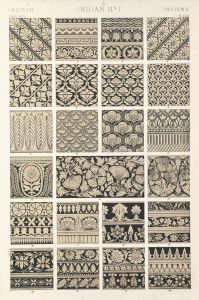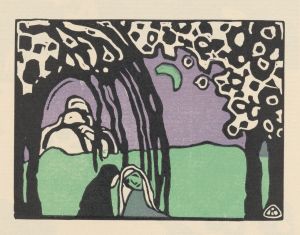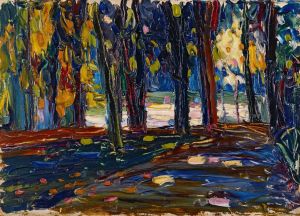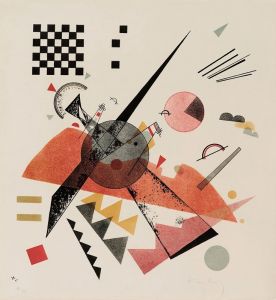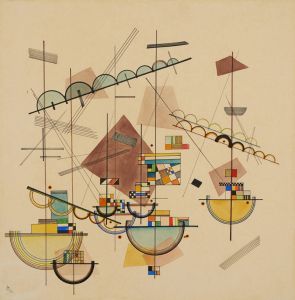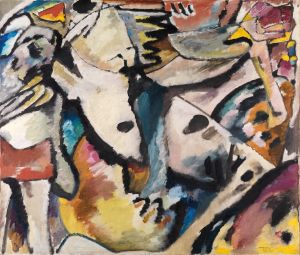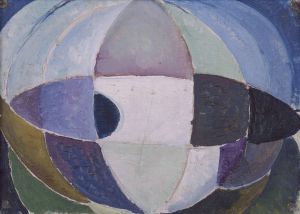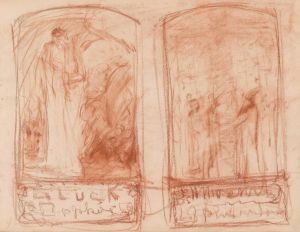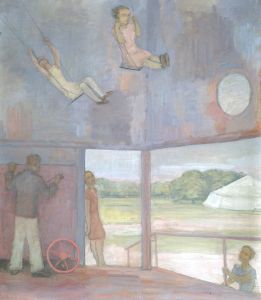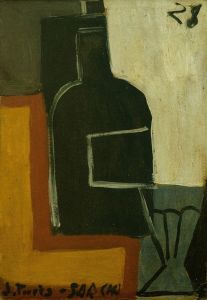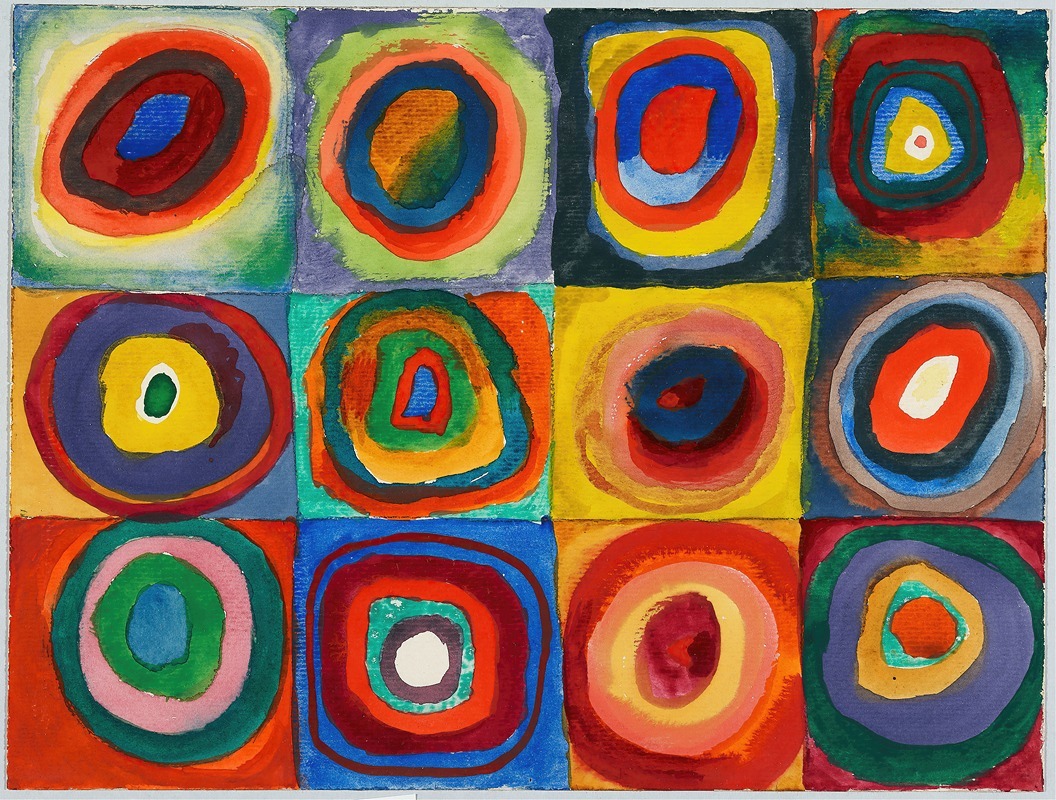
Quadrate mit konzentrischen Ringen
A hand-painted replica of Wassily Kandinsky’s masterpiece Quadrate mit konzentrischen Ringen, meticulously crafted by professional artists to capture the true essence of the original. Each piece is created with museum-quality canvas and rare mineral pigments, carefully painted by experienced artists with delicate brushstrokes and rich, layered colors to perfectly recreate the texture of the original artwork. Unlike machine-printed reproductions, this hand-painted version brings the painting to life, infused with the artist’s emotions and skill in every stroke. Whether for personal collection or home decoration, it instantly elevates the artistic atmosphere of any space.
"Quadrate mit konzentrischen Ringen" (Squares with Concentric Circles) is a renowned work by the Russian painter Wassily Kandinsky, who is often credited as one of the pioneers of abstract art. This particular piece is not a standalone painting but rather a study that showcases Kandinsky's exploration of color theory and form. It is widely recognized for its vibrant use of colors and geometric shapes, which are central to Kandinsky's artistic philosophy.
Created in 1913, "Squares with Concentric Circles" is part of a series of color studies Kandinsky produced during his time at the Bauhaus, a revolutionary art school in Germany where he taught from 1922 to 1933. The work exemplifies Kandinsky's interest in the psychological effects of color and the emotional responses they can evoke. Each square in the composition contains a series of concentric circles, with each circle painted in different colors. This arrangement allows for a dynamic interplay of hues and contrasts, demonstrating Kandinsky's belief in the spiritual and expressive power of color.
Kandinsky's approach to art was heavily influenced by his synesthetic experiences, a condition where one sensory experience involuntarily triggers another. For Kandinsky, this often meant that he could "hear" colors and "see" sounds, which informed his unique approach to painting. He believed that colors and shapes could convey emotions and spiritual truths, independent of any representational content. This belief is evident in "Squares with Concentric Circles," where the focus is purely on the interaction of colors and forms rather than any narrative or figurative content.
The study is often used as an educational tool to teach color theory, as it clearly demonstrates how different colors interact with one another. The juxtaposition of warm and cool colors, as well as the use of complementary and contrasting hues, creates a visually stimulating effect that captures the viewer's attention. Kandinsky's work in this area laid the groundwork for future developments in abstract art and influenced numerous artists and movements throughout the 20th century.
"Squares with Concentric Circles" is a testament to Kandinsky's innovative spirit and his commitment to exploring the possibilities of abstraction. It reflects his desire to transcend traditional artistic boundaries and to create works that resonate on a deeper, more intuitive level. Today, Kandinsky is celebrated as a key figure in the development of modern art, and his studies, including "Squares with Concentric Circles," continue to inspire artists and art enthusiasts around the world.
While the original study is not typically displayed as a standalone piece in major art exhibitions, its reproductions are widely available and frequently used in educational contexts. The work remains a popular example of Kandinsky's artistic legacy and his contributions to the understanding of color and form in abstract art.





